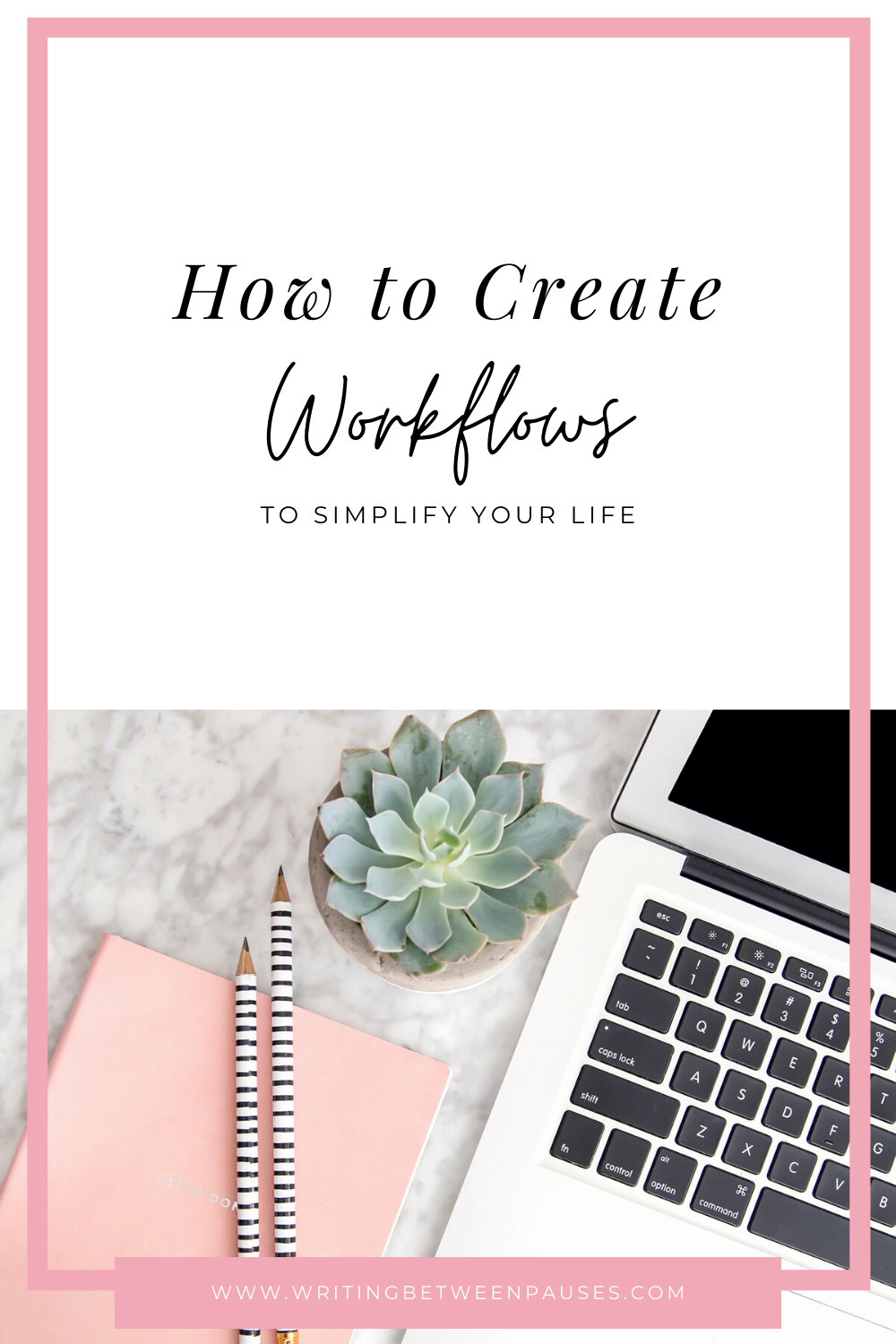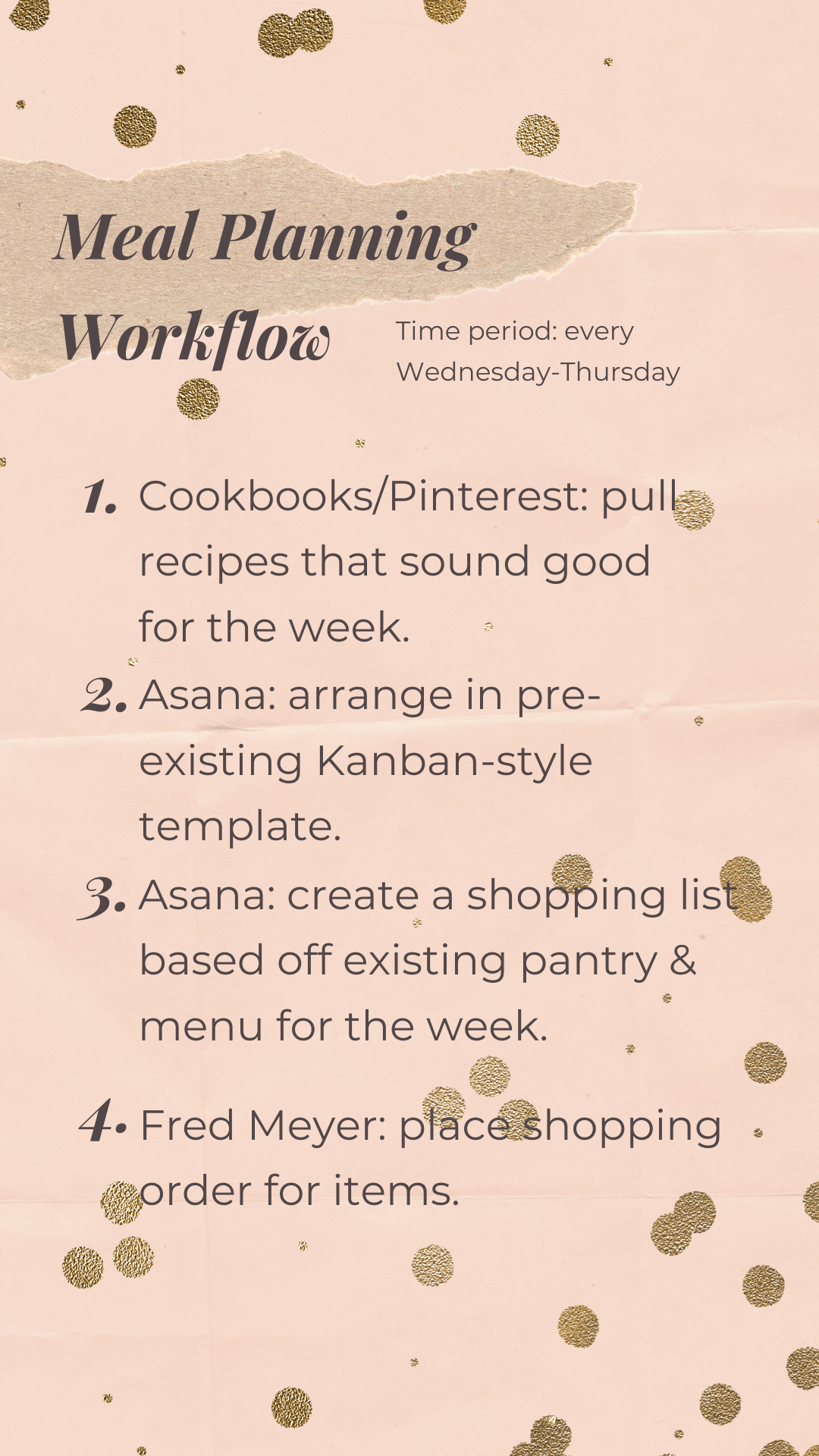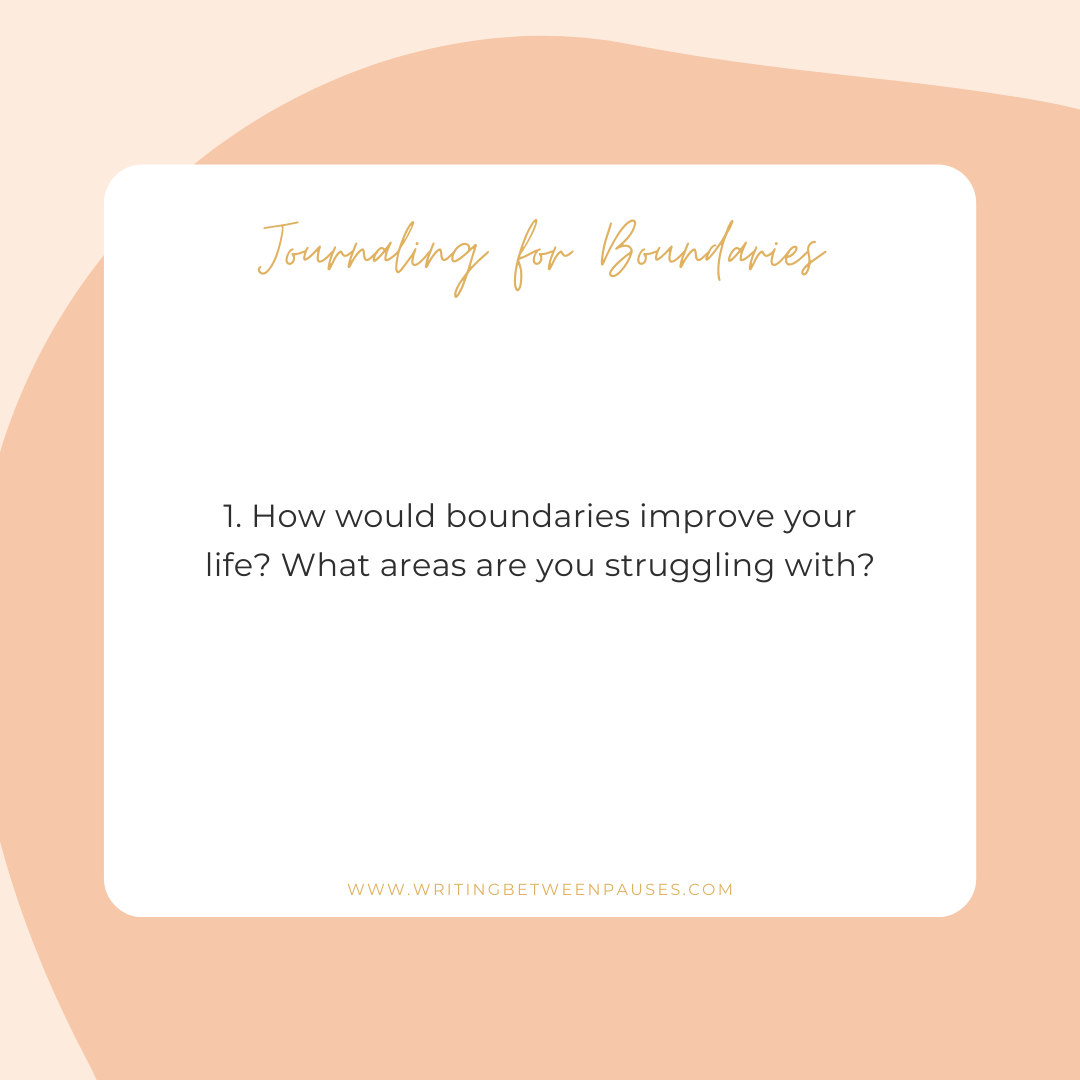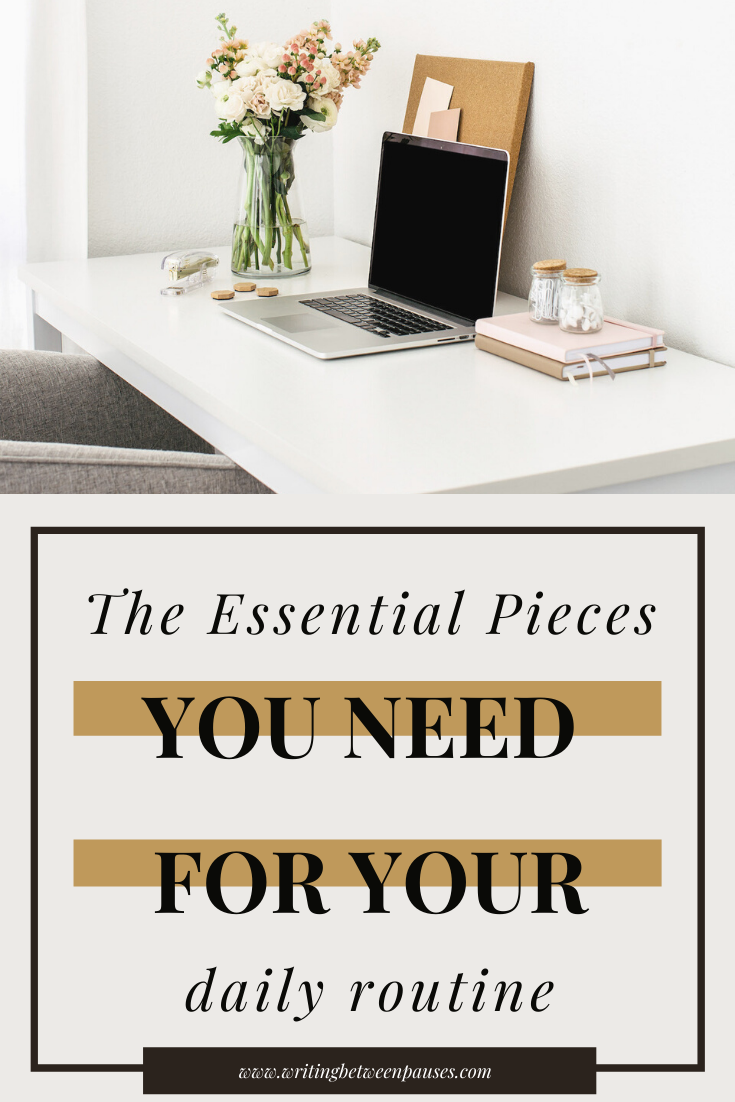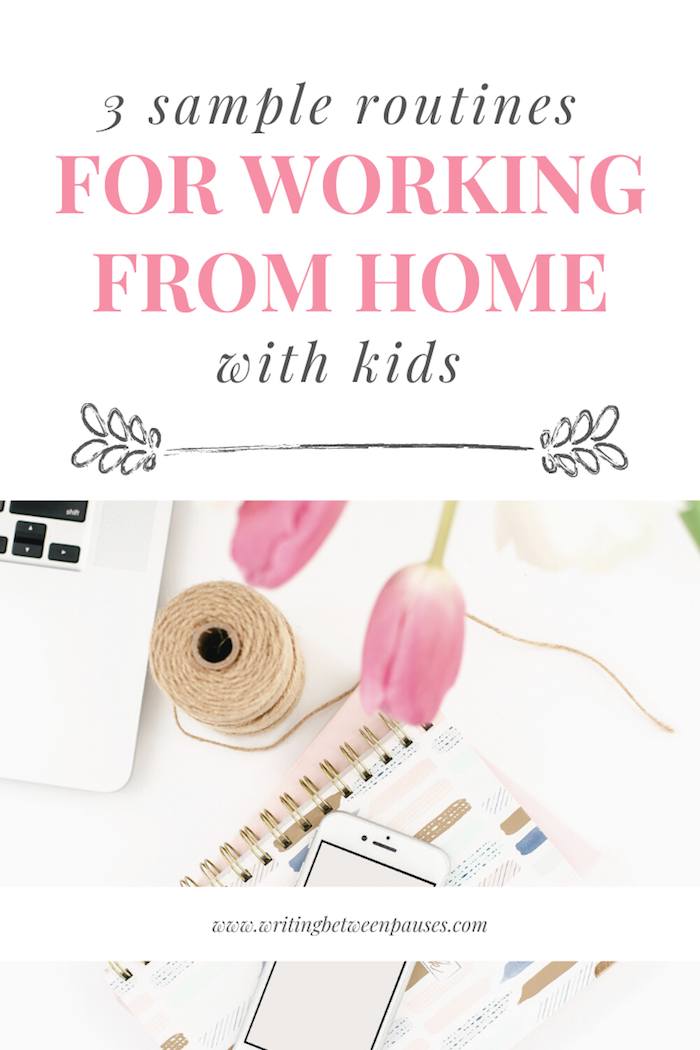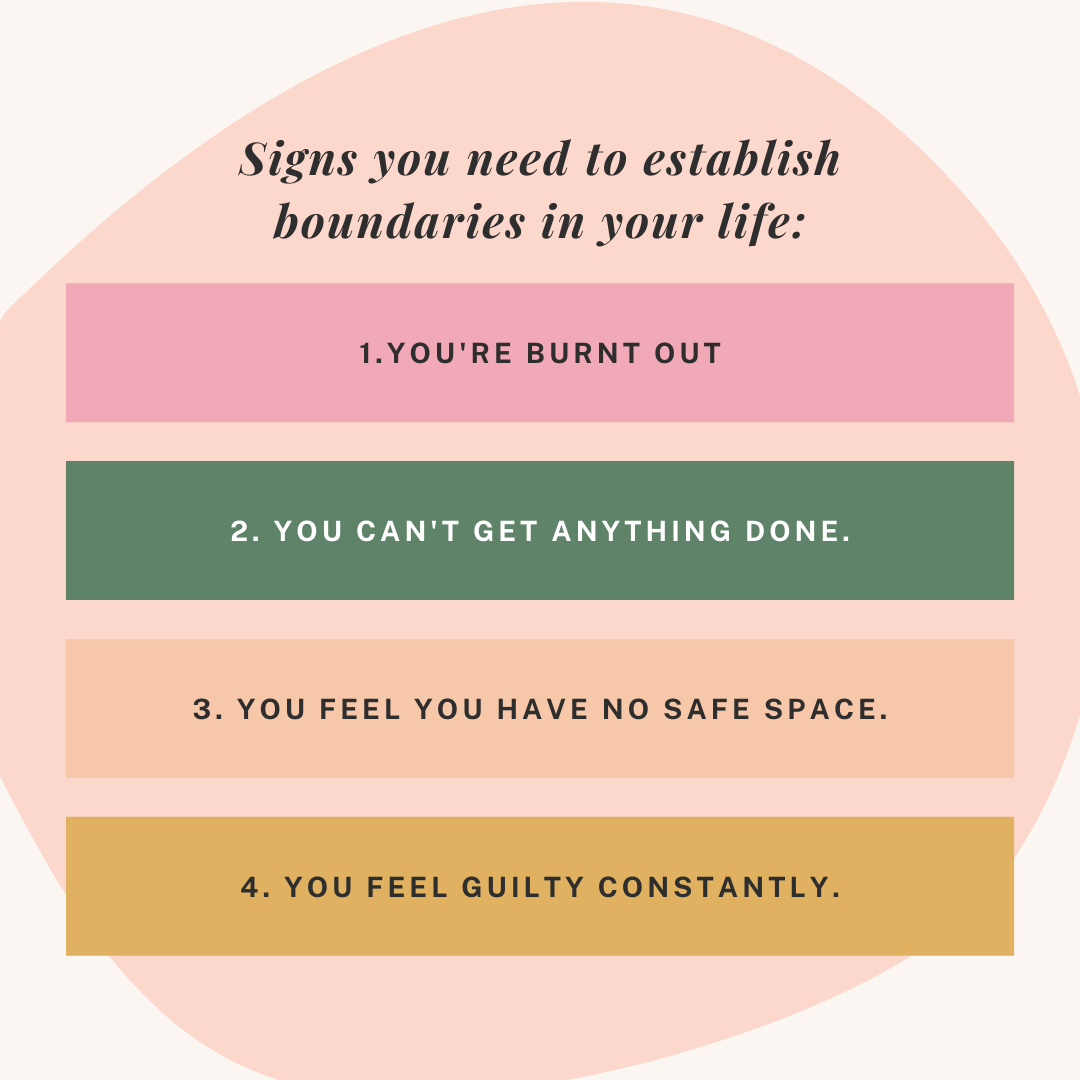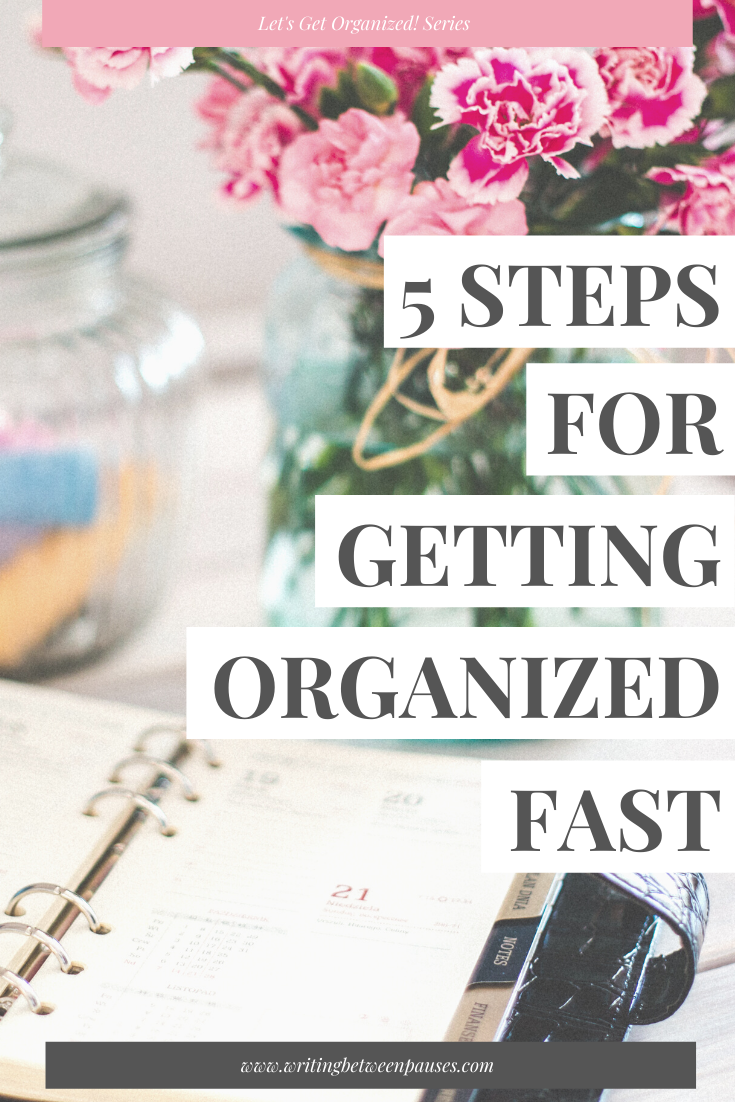One of my biggest pet peeves is feeling tension. It’s a feeling I absolutely can’t stand. Whenever I start to feel tense, or a tension headache starting, it’s almost unbearable. It’s not that it hurts physically—but I just find it so annoying. “Why are my shoulders doing this? I don’t have time! Shoulders, chill!”
For a few days, I started getting a sharp, dull pain almost like heartburn. I was reading a book that I found pretty upsetting—My Dark Vanessa for anyone who is curious—and realized after 3 days of wondering if I was having a heart attack or what that I only felt this feeling while reading the book. It was a mixture of tension and anxiety. All I had to do was… just stop reading the book. More than anything, I found this discovery deeply annoying; thanks body, I can’t even read a book!
That being said, there are ways to relieve tension that can help you, like me, stop feeling so annoyed that you’re getting another tension headache (it can’t possible be that I stare at a screen 14 hours a day). And no, I don’t mean diffusing a certain essential oil scent (although that can feel nice and if you love it, you love it, no shade).
A few weeks ago, I realized that I needed to start taking steps to tackle my tension before it became a full blown tension headache or migraine. I tend to feel my tension in my shoulders and across my chest/collarbone area—usually after a few hours working in front of my computers or particularly when I’m doing a task I find really stressful. I’ve found a few solid ways to do just that and I thought I’d share.
Here are my top 3 ways to relieve tension.
1. Use Hilma Tension Relief.
I unabashedly love Hilma products. I even wrote a whole review about Hilma. Hilma’s Tension Relief is one of my favorite products because it does just that: relieves tension. It helps get rid of those annoying tense shoulders, the eye strain, everything. After a long day in front of a computer, it’s become part of my routine to take a Tension Relief, run a warm bath, and settle in with a good book. You can try Hilma’s Tension Relief for 20% off your first order by using my code MICHELLE20.
2. Take a screen break.
Are these the words you want to hear? No.
Are these the words I want to hear? Also no.
I love screens. There, I said it. I love them! I love staring at the bright blue light of my tiny phone. I love reading on my computer. I love my Kindle even. I love my Switch and my TV. I love them all! I love screens!
But screens aren’t good for our eyes. And they definitely aren’t good for handling tension either, especially if you’re feeling overly stressed. If you start feeling tension in your shoulders (or whatever your sign of tension is—tightness in your chest, a back ache, your legs itching to move), take a break from the screen(s). Go for a walk. Go sit outside with a real, physical book. Talk to your neighbor through a window. Dance in your kitchen to music. Just take a break—it doesn’t have to be a long one, just 20-25 miuntes or so.
3. Do some stretches or yoga.
I’ll be the first to tell you: I hate yoga. I get so bored during it. My attention span is low and when it comes to exercise, I want to move. That being said, yoga is one of the best ways to stretch, focus on your breathing, and (yes) relieve tension. Finding a simple routine that works for you will take time. I gave up on following videos a long time ago, but I do have a series of moves I do in my office when I’m feeling particularly wound up. It gives me time to think, breathe, and focus on something other than a screen.
I don’t have any recommendations for routines to follow because I think this is highly personal. Even just sitting outside and gently stretching like you used to before PE class might be better than anything else!





